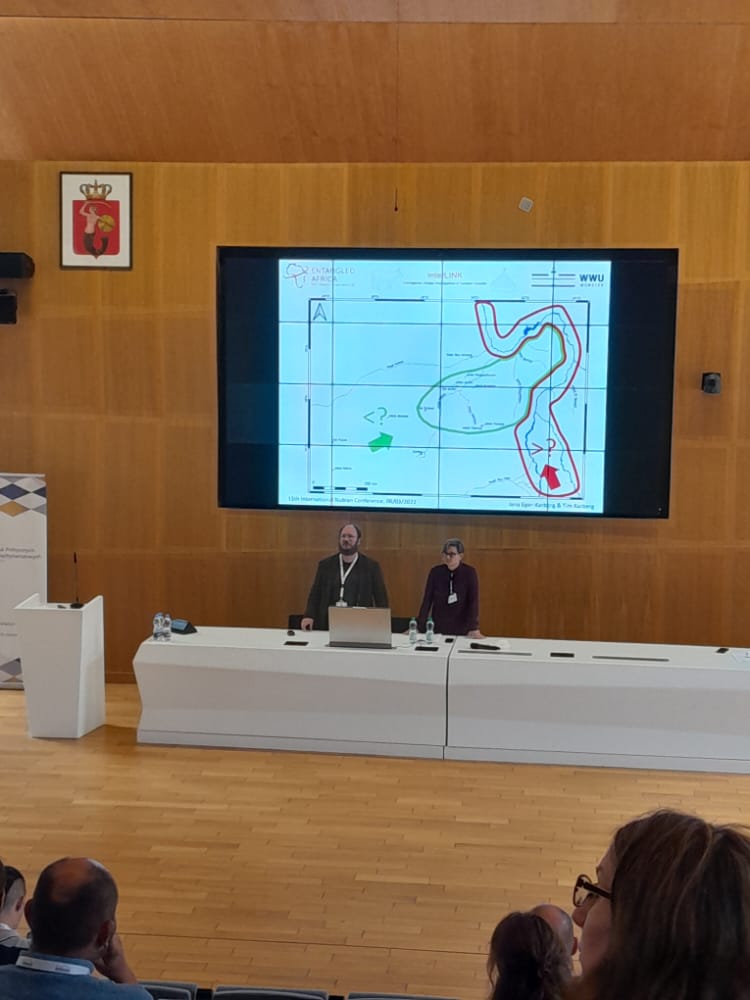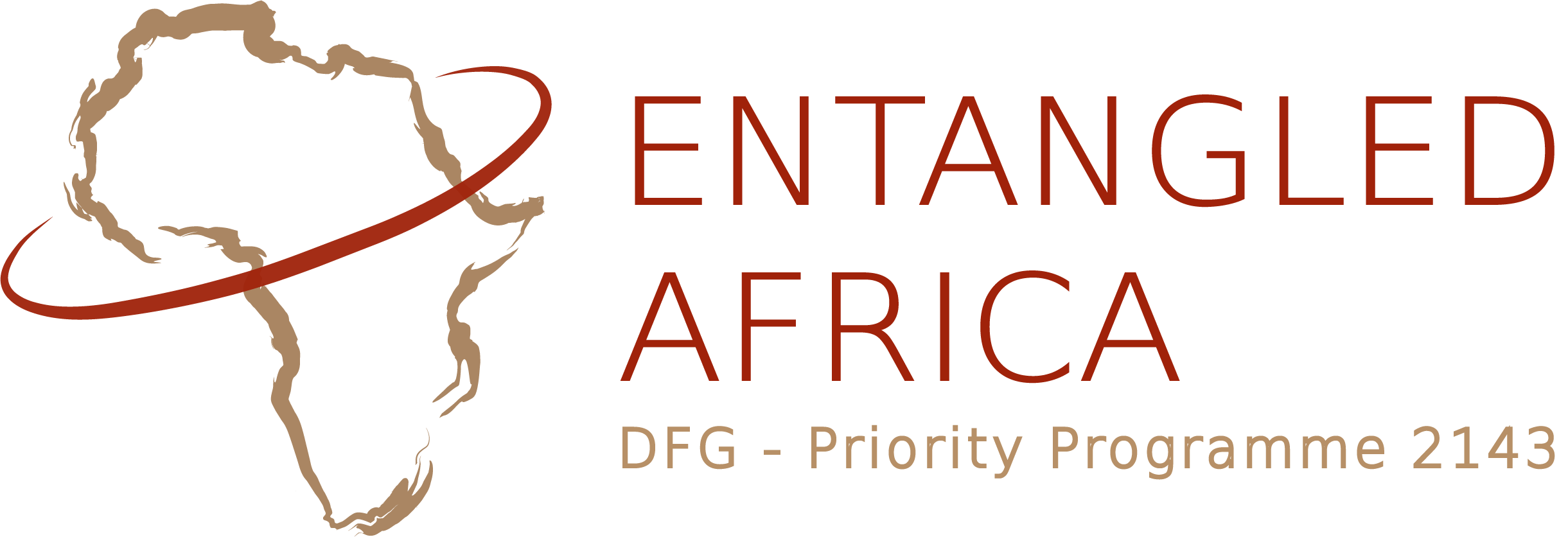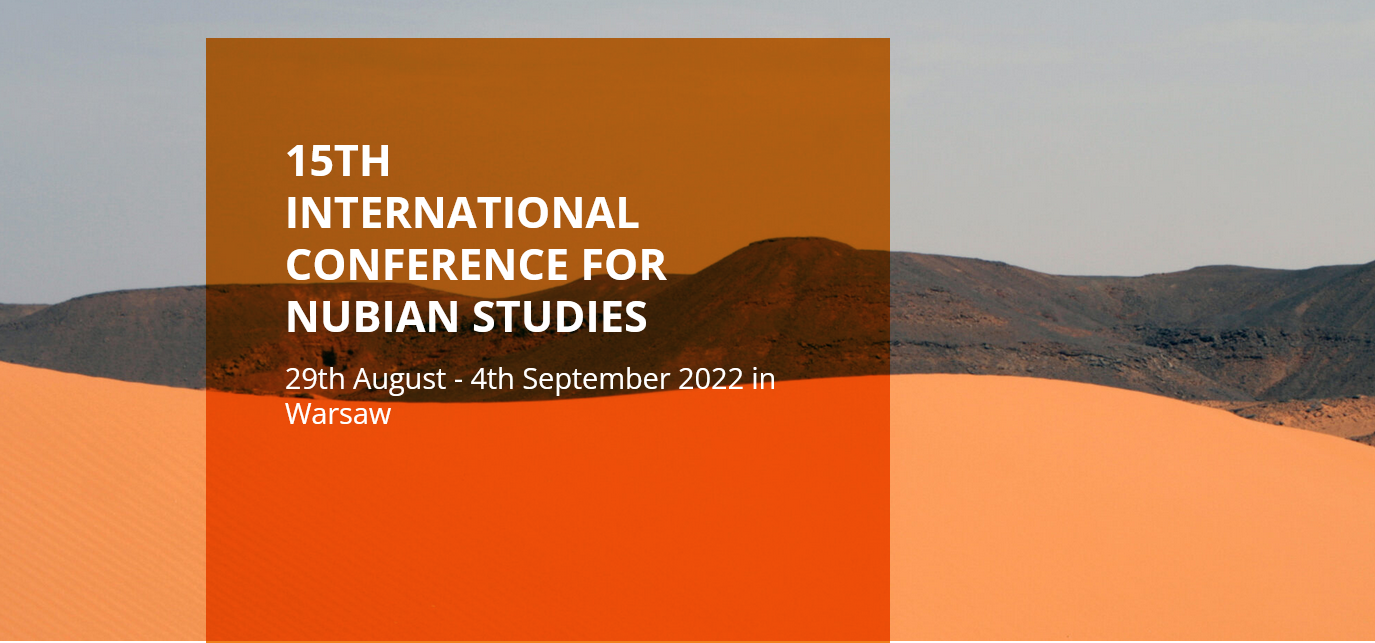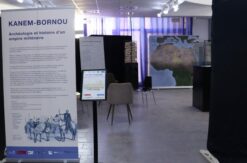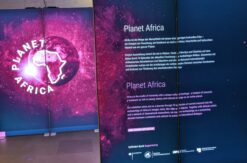Attribution & Copyright: Polish Centre of Mediterranean Archaeology, University of Warsaw
African Interconnections around Kordofan and Western Sudan
Projects of the SPP „Entangled Africa” at the 15th International Conference of Nubian Studies (University of Warsaw)
On August 30th, representatives of the projects “Lake Chad Regions as Crossroads” and “Interregional Linkage Investigations in Northern Kordofan” as well as several cooperating projects – the former French archaeological mission in Zankor and Abu Sufyan, and the current survey project of the Sudanese National Corporation of Antiquities and Museums (NCAM) in Darfur – met in Warsaw for an exchange across project and regional boundaries. The thematic session, “African Interconnections”, featured research in and around western Sudan on the sub-session “Western Sudan as a frontier and contact zone between Nubia and Sub-Saharan Africa”, organized by the SPP-members Jana Eger-Karberg and Tim Karberg. The concepts of the SPP – entanglement between different cultural and economic spaces in Africa – was therefore exemplarily studied along the connections between western Sudan and its neighbouring regions.
Mohammed el Toum Fadlelmola in his presentation “Fresh Look on Archaeological Discoveries in North Darfur” talked about the latest survey results of the NCAM in Darfur, especially about the site Ain Farah, which is still controversially debated in its dating and function. While the current research is mainly intended to complete the archaeological map of the region and to document previously unpublished archaeological sites, an outlook on possible future research showed the potential of this archaeological material for the study of cultural relations between the cultures of the Nubian Middle Ages and the Sahel in particular.
Sonja and Carlos Magnavita reported in their paper “Kanem-Borno and the East: Archaeological Evidence of Trans-Sudanic Connections, 12th – 14th Centuries AD” on the role of the Chad Basin as a cultural and socio-economic crossroads and its possible connections to the cultures of Nubia. Trade goods such as beads, but also the possible transfer of cultural techniques such as the usage of burnt bricks as building material played an important role.
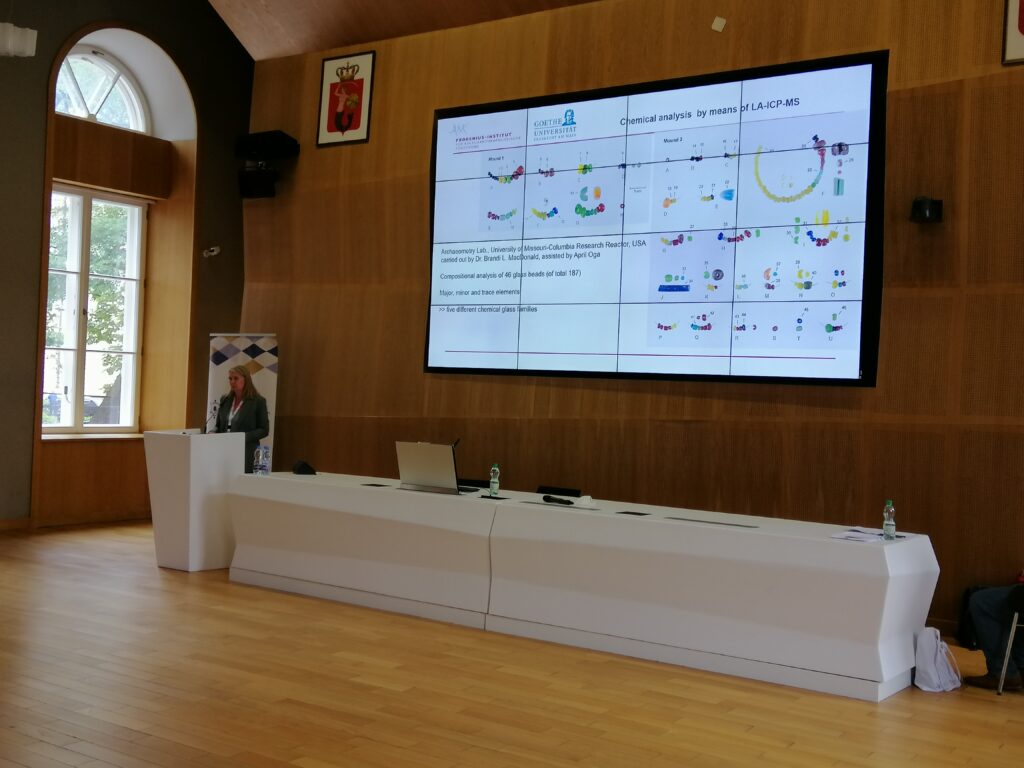
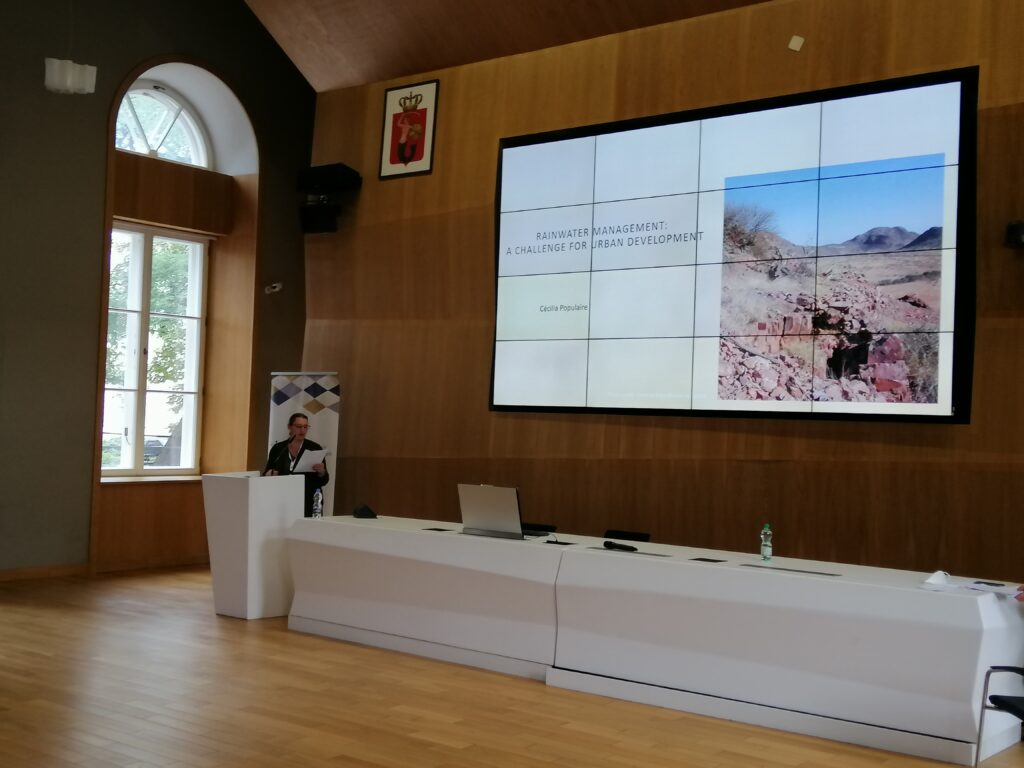
Séverine Marchi and Cécilia Populaire both reported on aspects of the French research at Zankor in the upper Wadi Melek – although these research activities date back somewhat longer, the data collected remain one of the most important foundations for further research on the early cultures of Kordofan. Séverine Marchi concentrated in her contribution “Back on Zankor Data: The Medieval Period in Kordofan” on the medieval findings, which offer a particularly interesting link to the results of the SPP project “InterLINK”, which also has a chronological focus on the Middle Ages. Above all, different grave forms, but also ceramic styles show the regional cultural exchange processes that were effective in this context. Cécilia Populaire showed the complex conditions for the use of rain- and surface water in this arid region through the evaluation of archaeological features and landscape data in her presentation “Rainwater Management in Kordofan – A Challenge for Urban Development”.
Jana Eger-Karberg and Tim Karberg contributed in their paper “Northern Kordofan as Crossroads. Interregional Linkage and Entanglement between Nubia and Sub-Saharan Africa” on the latest research results of the InterLINK project. A special focus was on findings on ancient water storage structures (“hafirs”), which were presented to the public here for the first time and formed a direct link to Cécilia Populaire’s presentation. The hafirs in North Kordofan and their possible links to similar hydraulic installations in the Cushite heartland, especially the Butana, demonstrate the enormous importance of water management as the basis of productive forces in regions characterized not only by aridity in general, but also by an uneven distribution of the rainfall regime throughout the year.
After the presentations in the conference session had already led to a lively discussion, this was continued at a dinner shared by the participants and others interested in research in western Sudan. Not only were the common research interests and the respective individual results debated, but plans were also made for future even more closely networked research activities, especially on the topic of water use.
